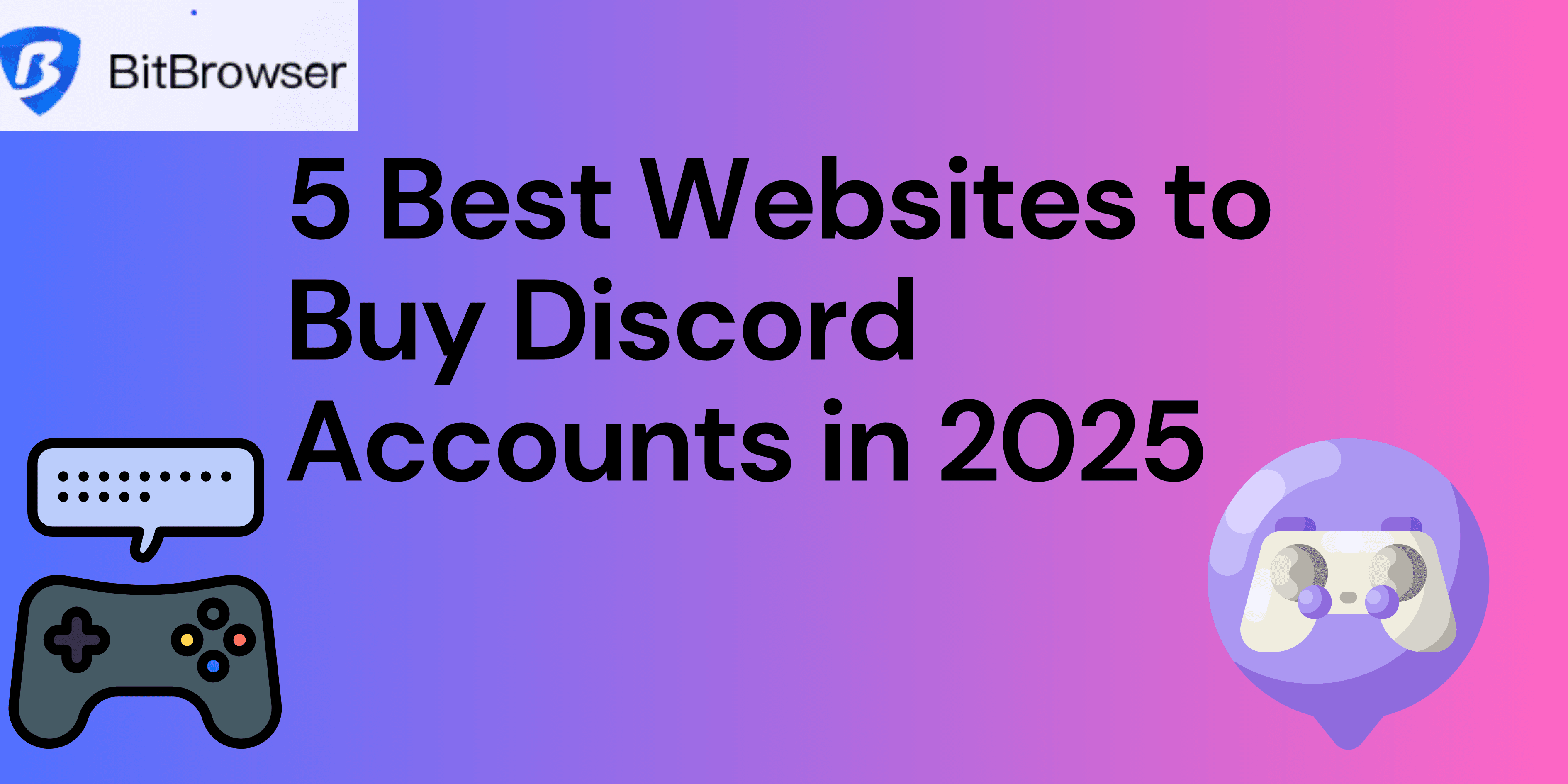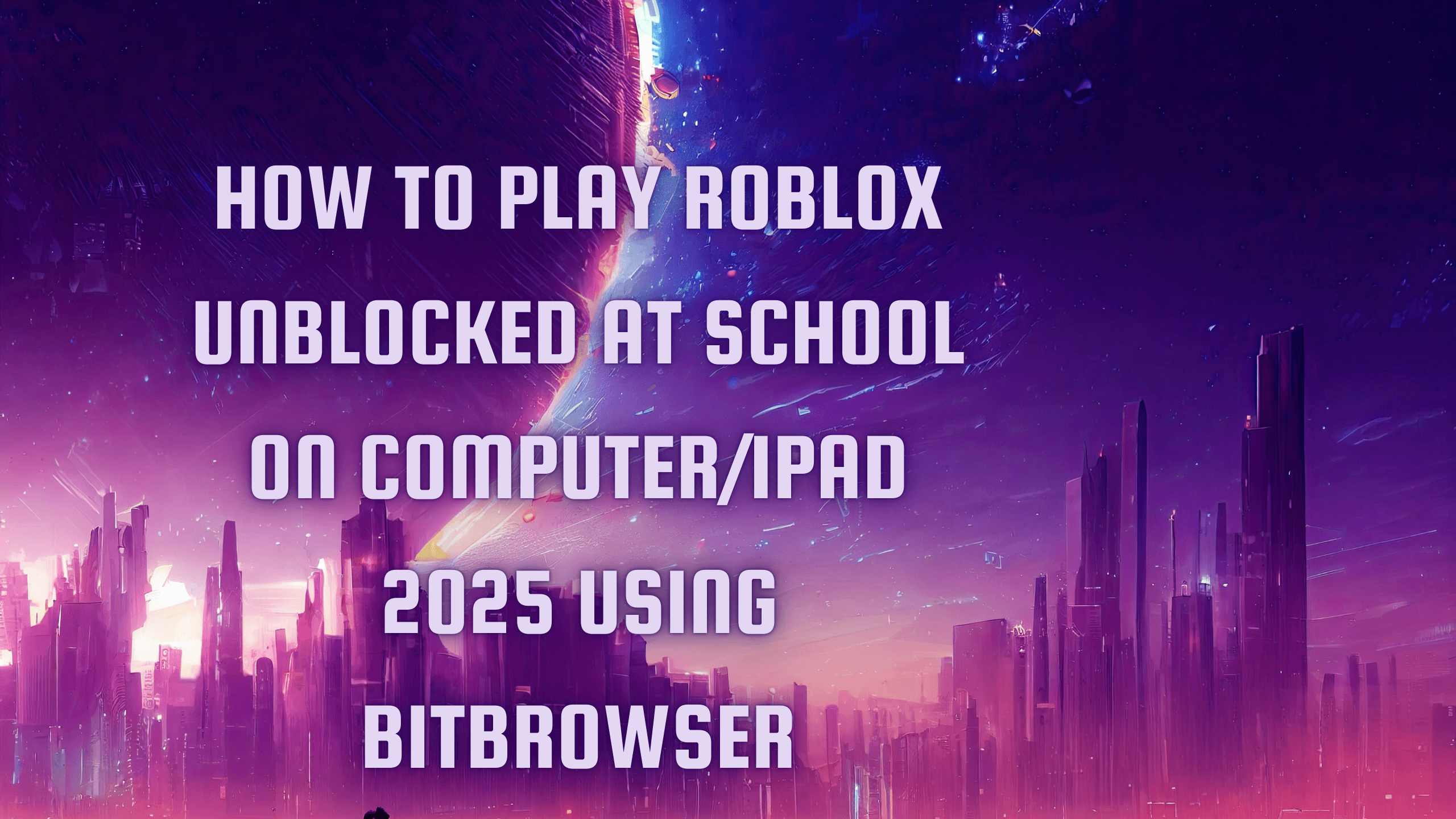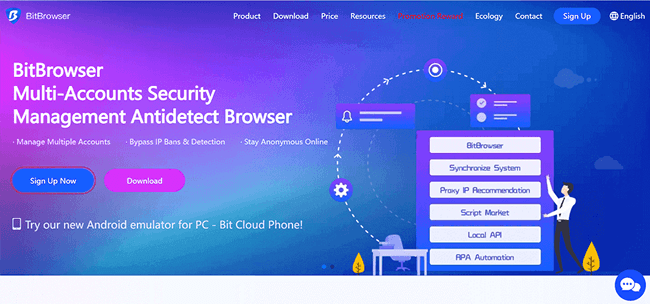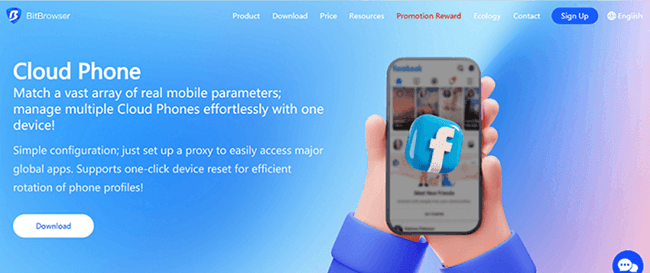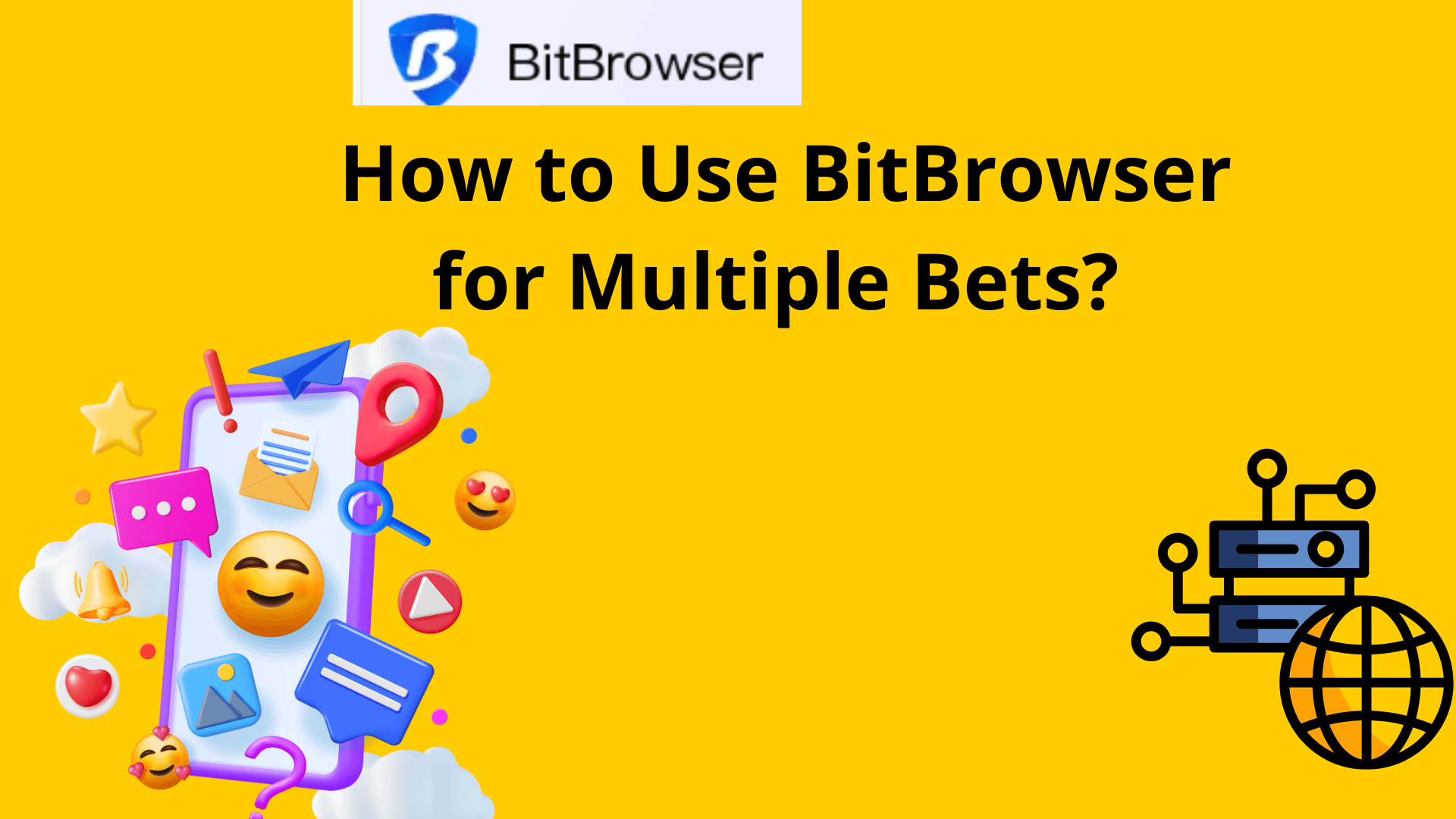

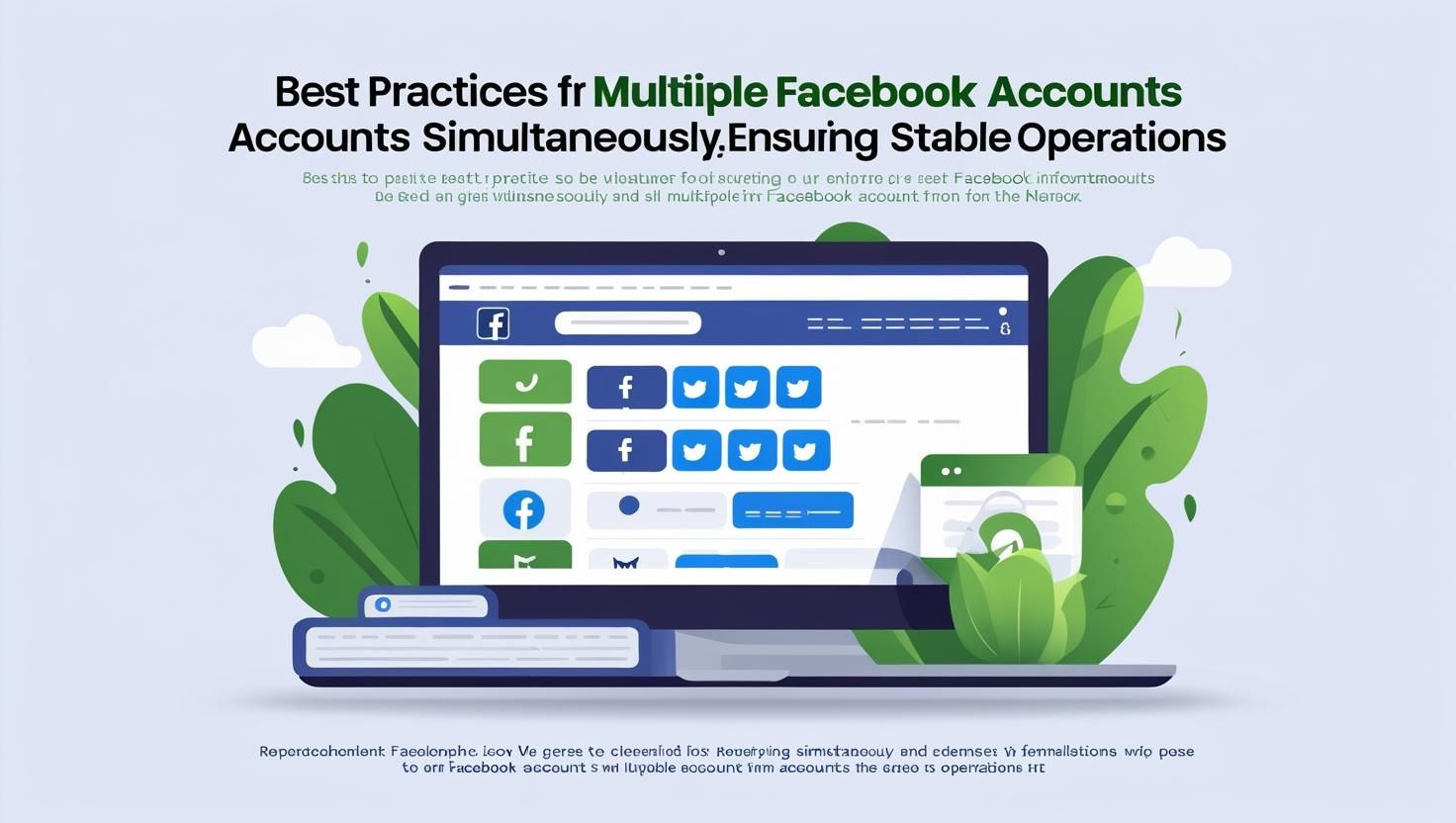
Top 3 vps for Android emulators
 2025.09.17 01:51
2025.09.17 01:51Three months ago, I was drowning in frustration. As a mobile app developer, I needed multiple NoxPlayer instances to test apps on different devices. My local machine? It was wheezing, lagging, and crashing so often that my workflow came to a complete halt.
That’s when I decided to explore VPS hosting for Android emulators — and what followed was an expensive but eye-opening journey. After burning through $400 testing six providers, I finally figured out what actually works.
Why Your Local Machine Isn’t Enough
Ever tried running two or three NoxPlayer instances side by side? At first, things seem fine. Then suddenly, your fans roar like jet engines, apps stutter, and your system freezes.
Even with a high-spec laptop or desktop, local setups struggle because:
- CPU & RAM bottlenecks: Emulators hog system resources.
- Heat throttling: Long test sessions overheat components.
- Productivity killers: Frequent crashes derail your workflow.
This pain pushed me toward VPS hosting — specialized servers built for heavy workloads.
What Pushed Me to VPS Hosting
I needed to test my apps across different Android versions, devices, and graphics settings simultaneously. My PC just couldn’t handle the load.
That’s when I realized: why not offload the heavy lifting to cloud servers optimized for performance? VPS hosting promised:
- Smooth multi-instance support
- Better resource allocation
- Stable performance without frying my laptop
My VPS Hosting Journey
Over three months, I tested six providers across different categories. I burned through $400 in trials, but the lessons I learned were worth every dollar.
The Categories of Providers I Tested
The Specialists
- PetroSky — Built for Android emulator hosting.
- BlueStacks Cloud — The official but pricey option.
The Big Players
- AWS EC2 and Google Cloud — Powerful, but overkill and expensive for emulator hosting.
The Budget Options
- Vultr, DigitalOcean, and Linode — Cheap but require manual configuration.
The Surprise Performer
- Kamatera — Flexible scaling and surprisingly good performance.
Key Factors That Matter in VPS Hosting for Android Emulators
CPU Architecture Is King
Intel Xeon CPUs with 4+ dedicated cores crush AMD alternatives for emulator workloads.
Memory Allocation vs Raw Size
8GB dedicated RAM beats 16GB shared RAM. Allocation matters more than numbers.
Storage Speed — Why NVMe SSD Wins
Boot times dropped from 3 minutes (SSD) to 30 seconds (NVMe). Enough said.
Network Latency and Data Center Proximity
Even with a powerful VPS, high latency ruins responsiveness. Proximity is critical.
The Top 3 VPS Winners After Real Testing
1. PetroSky: The Specialist That Delivers
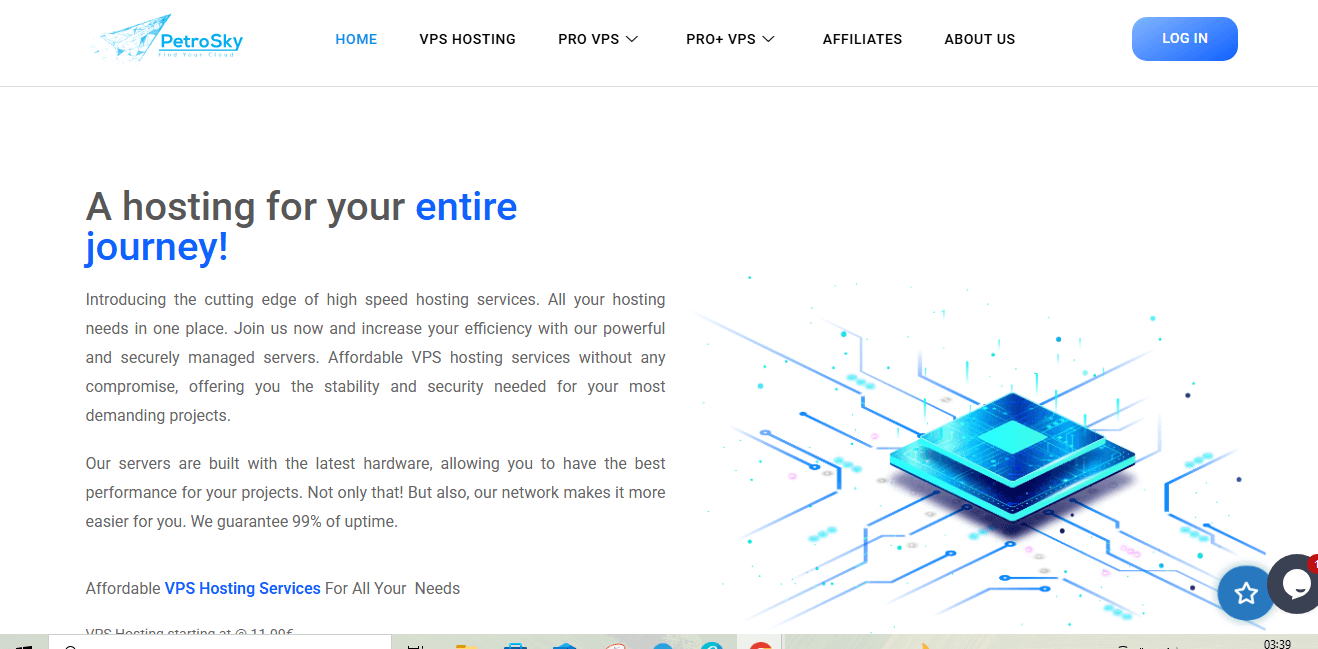
- Pre-optimized NoxPlayer, LDPlayer, and Genymotion setups
- Android emulator-savvy support team
- Transparent pricing (no hidden Windows fees)
- Data centers in USA, Europe, and Canada
Performance? I ran 4 NoxPlayer instances at 60fps — smooth as butter.
Downside? Higher entry price (€19.19/month). Worth it for serious developers.
2. Kamatera: The Unexpected Performer
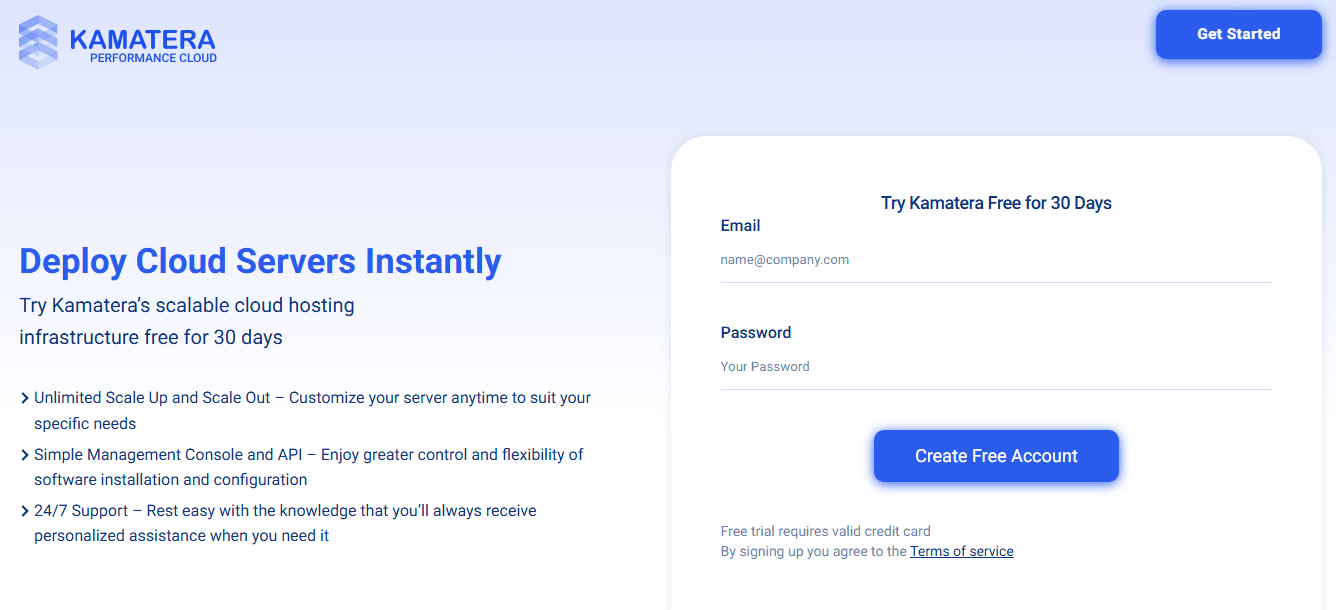
- Flexible custom scaling
- 30-day free trial
- Hourly billing
- Global data centers
No pre-optimized emulators though — you’ll need to configure from scratch.
3. Vultr: The Developer’s Choice
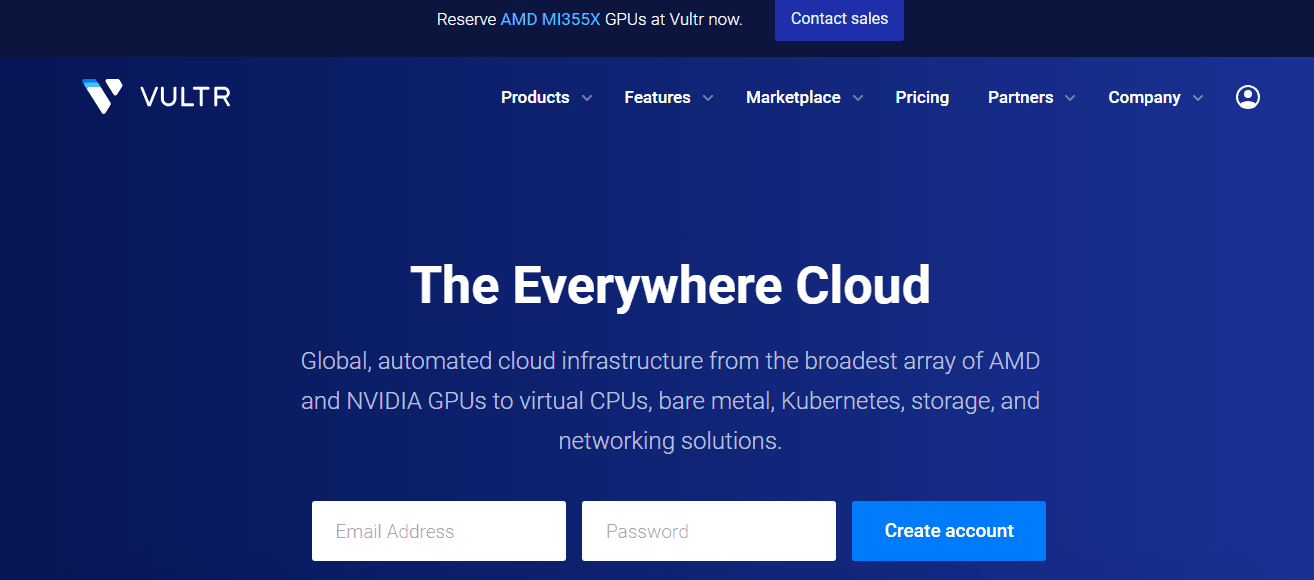
- Strong API integration for automated testing
- Great for CI/CD pipelines
- Affordable plans
Best if you’re comfortable setting things up yourself.
Expensive Lessons Learned
- Unlimited isn’t unlimited — Providers throttle after hidden thresholds.
- Windows licensing doubles costs — Linux pricing is misleading.
- Support quality matters — General support ≠ emulator expertise.
Hidden Costs Nobody Mentions
- Windows licensing: $10–15/month
- Backups: Not always included
- Security software: Needed for Windows VPS
- Extra IPs: Essential for isolated environments
My Current Setup
- PetroSky Pro+ VPS: 8 vCPUs, 16GB RAM, 150GB NVMe — €67.19/month
- PetroSky Pro VPS: 4 vCPUs, 8GB RAM, lighter workloads — €31.19/month
- Vultr On-Demand: API-driven testing — ~$30/month
This hybrid setup balances daily development with automation.
Red Flags to Avoid
- Unrealistic “unlimited” claims
- Generic support without emulator expertise
- No clarity on Windows licensing
- No SLA guarantees
Bottom Line — What I Wish I Knew
- Beginners: Start with PetroSky Pro VPS (4 vCPUs, 8GB RAM).
- Advanced users: Kamatera for total customization.
- Automation pros: Vultr’s API is a gem.
- Budget users: DigitalOcean works but requires effort.
Final Thoughts
Finding the right VPS for Android emulators isn’t just about CPU, RAM, or storage. It’s about workflow, support, and growth potential.
My $400 “education” spared me countless hours of frustration. If you’re serious about mobile development, investing in the right VPS hosting solution will let you focus on building apps — not babysitting laggy emulators.
FAQs
1. Can I run multiple Android emulators on a VPS?
Yes. With enough dedicated CPU and RAM, VPS solutions like PetroSky easily handle multiple instances.
2. Which is better for Android emulators — Intel or AMD CPUs?
Intel Xeon CPUs consistently outperform AMD for emulator workloads.
3. Do I always need Windows for emulators?
Most emulators like NoxPlayer require Windows. Some can run on Linux, but Windows is the safer bet.
4. Is PetroSky worth the higher price?
Yes. Their pre-configured setups and expert support save you time and headaches.
5. Can beginners set up a VPS without tech skills?
Yes — if you pick a provider like PetroSky that offers pre-optimized environments. Otherwise, it can get tricky.
 petro
petro
 Multi-Account Management
Multi-Account Management Prevent Account Association
Prevent Account Association Multi-Employee Management
Multi-Employee Management
